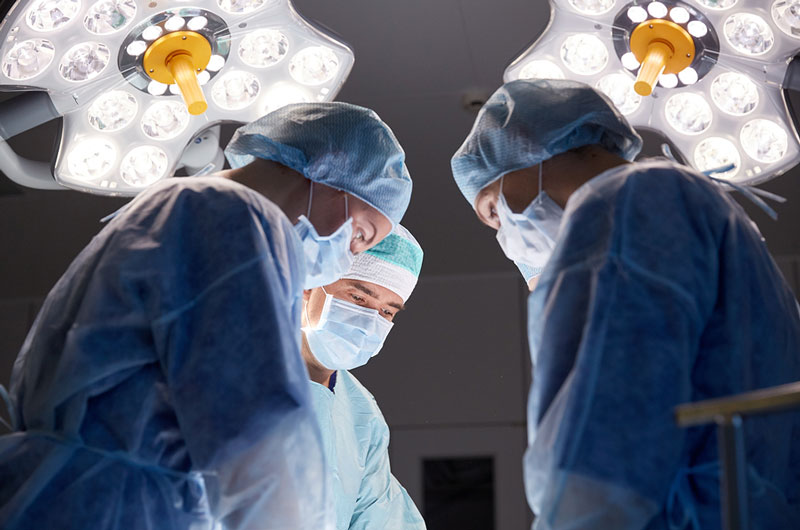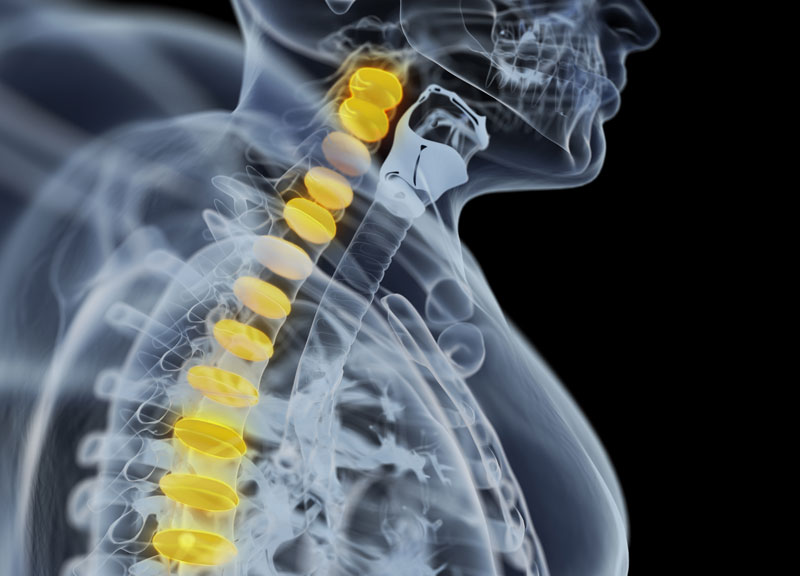CSF Rhinorrhea can be defined as a condition where the patient suffers from drainage of fluid that surrounds and protects the brain into the nose. The term can be expanded into the following:
1. CSF = Cerebral Spinal Fluid
2. Rhinorrhea = fluid draining from the nose
The brain comprises of lateral ventricles, which has choroid plexus. The plexus produces around 800 milliliters of cerebral spinal fluid on a daily basis. This is a clear fluid that leaves the brain travelling through the third ventricle to the fourth ventricle. Thereafter, it reaches into the subarachnoid space surrounding the brain and spinal cord.
Arachnoid Villi, extension similar to a finger in appearance absorbs CSF. This extension is highly specialized and belongs to the arachnoidnoidal membrane that surrounds the brain. Also referred to as “brain fluid”, it performs the following crucial functions:
- Cushioning the brain
- Maintenance of pressure within the eye
- Central nervous system cleansing – the process is somewhat similar to that of lymphatic system of the body
CSF can drain into the nose from the subarachnoid space due to breach of any type in the dura (nutrient membrane that lines skull interior). Under such conditions, it is important that the individual is aware of drainage of clear fluid from the nose. He/she may also experience a salty fluid draining from the nose into the throat.
Another reason for developing CSF rhinorrhea is a trauma to the head. It is possible that patients may suffer from CSF rhinorrhea for years sans any undo consequences. Some of the patients may develop bacterial meningitis within days of the rhinorrhea onset due to the existence of open communication between the brain cavity and the non-sterile nose.
CSF rhinorrhea demands immediate medical attention. The treatment should also be done to make alteration in consciousness level of the individual. Chills, fever, and stiff neck imply meningitis. Since bacterial meningitis can be fatal, doctors recommend instant medical help to increase the chances of survival.
The doctor will speak to the patient about a history of CSF. This helps physicians diagnose the condition better and provide patients appropriate treatment. Luckily, most clear drainage from the nose is not CSF. This may also be a trigger for allergy or other diseases.
Potential Sites
A breach may occur in any of the following:
- Anterior cranial fossa floor (ACF)
- Middle cranial fossa floor
This makes for a route for drainage of CSF to the nose. The routes includes:
- The Posterior wall of the frontal sinus (FS)
- Roof of the ethmoid sinus (ES)
- Sphenoid sinus (SS)
- Middle cranial fossa
- Roof of the middle and inner ear to the eustachian tube (ET) towards the nasopharynx (the space behind the nose which communicates with the throat)
Cerebro-spinal Fluid Rhinorrhea – Diagnosis
A careful history combined with detailed physical examination is essential. The history must include the events associated with the following:
- Onset of rhinorrhea (a trauma, accident, or surgery)
- Nasal drainage character (mucus, watery)
- Duration of the rhinorrhea
- Things / conditions that what makes the rhinorrhea worse or better
- Potential complications like meningitis
- Prior treatment
The Physical Examination
- A detailed, comprehensive survey of the neck and head
- Endoscopy of the nasal cavity
- Endoscopy of regions adjacent to the nasal cavity ( eustachian tube orifice, osteomeatal complex) Positioning the patient to carefully observe and collect the nasal drainage
The doctors will assess the collected nasal fluid. The route for CSF rhinorrhea is identified by three different forms of imaging:
1. Isotope Cisternogram – This is known to be the most sensitive yet least specific type of imaging. The study comprises of low yield radioactive isotope placement in the subarachnoid space through a spinal tap or lumbar puncture. Radioactivity in the nasal cavity is measured to confirm presence of the isotope with CSF in the nose. This may also be measured on cotton pledgets which are placed at probable cerebral spinal fluid drainage sites from the cranial cavity.
2. Contrast CT Cisternography – This imaging is a more specific. However, it is also seen as a less sensitive type of imaging for CSF rhinorrhea. The radiographic study demands an active CSF leakage towards the nose. Contrast CT Cisternography involves placing an agent opaque to CT imaging in the subarachnoid space. Further, a coronal CT scan is also performed to image any defect within the middle anterior / cranial fossa floor, and the nasal drainage route.
3. Magnetic Resonance (MR) – This is a non-radiographies process that uses electromagnetic energy detection hydrogen atom releases due to descending of electron (surrounding the nucleus) to a lower energy level. The soft tissue comprises of varied amounts of water. Hence, detecting changes physics in energy as compared to density favors the former.
This is also the reason MR imaging is considered as the examination of choice for visualizing any possible brain anomalies like encephaloceles (brain herniation into the ear / nose). This imaging also facilitates CSF draining identification into the nose sans use of contract. However, it lacks the kind of detail provided by CT cisternography.
Diagnosis
Presently, the doctors trust Coronal CT cisternogram and Coronal MRI for diagnosis of CSF Rhinorrhea.
Treatment for CSF Rhinorrhea – Surgery
The surgical treatment for CSF rhinorrhea is conducted through an external procedure. Surgeons use a craniotomy to visualize the anterior or middle cranial fossa floor. Other approaches that may be used according to the condition include:
- Intranasal endoscopic
- Middle ear craniotomy
- External ethmoidectomy
- Variations of craniotomy
Each approach listed above offers advantages and varied indications. The surgeon decides on a suitable approach after assessing the condition of the patient.
Premier Brain & Spine uses a variety of approaches, including intranasal microscopic and the most advanced endoscopic approaches to effectively repair CSF rhinorrhea.




